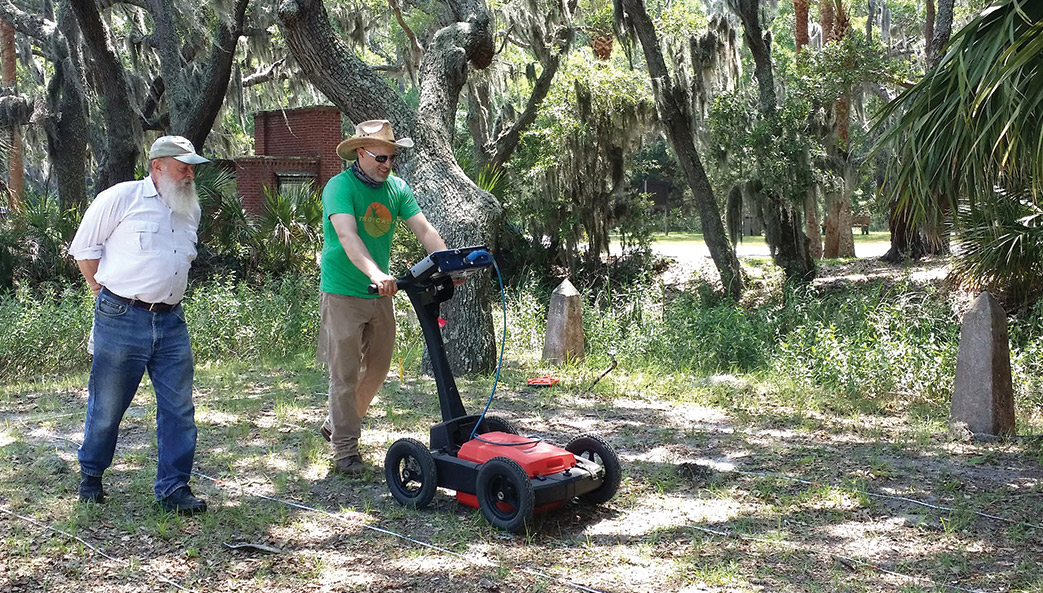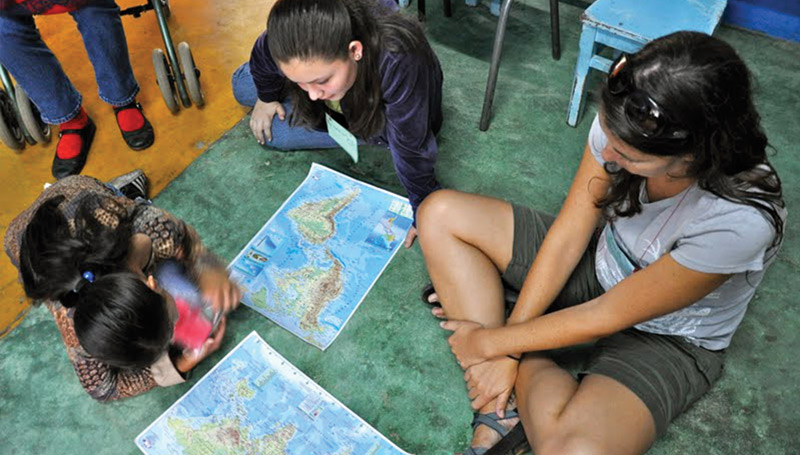You are what you eat, and that’s something that bioarchaeologists like Laurie Reitsema know all too well. She studies human remains to learn more about the daily habits of people who have long since passed into the great beyond.
Different foods have different atomic makeups, and those “signature” makeups are incorporated into people’s own tissues, making it possible to tell what someone’s diet was by what’s present in their bones, said Reitsema, an assistant professor of anthropology.
She recently set out to discover whether medieval Italian children’s diets affected their ability to reach adulthood. She found that children who did not consume enough animal protein and were not breastfed had a lower chance of survival into adulthood.
She hypothesized non-survivors of childhood would have lower nitrogen isotope ratios, indicating that they ate less animal protein. Her analysis confirmed this suspicion. The role that animal protein plays in supporting childhood growth and development is nothing new, but she wondered if this had always been the case. The ability to study human nutrition in the past using isotope ratios enables Reitsema to track how food relationships have evolved and changed.
Reitsema also found a connection between not being breastfed as infants and dying young. Some of the children showed no breastfeeding signal, meaning their mothers didn’t breastfeed them at all.
“From a health perspective, people made all kinds of bad decisions about child care in the medieval period,” Reitsema said. “The reasoning behind abstaining from breastfeeding isn’t completely clear, but there is an unusually high incidence of lactose intolerance in Italians, including in infants, that may explain the decision.”






